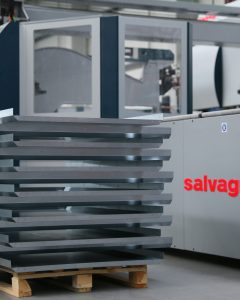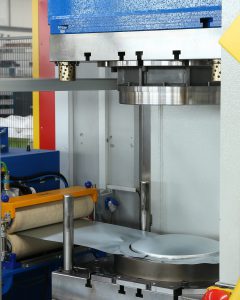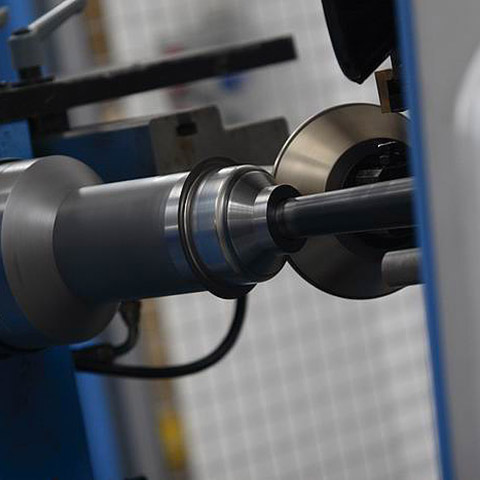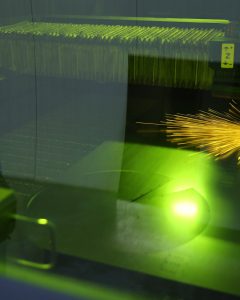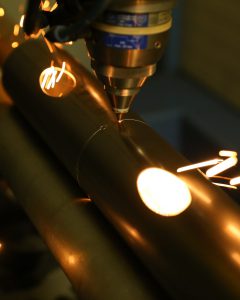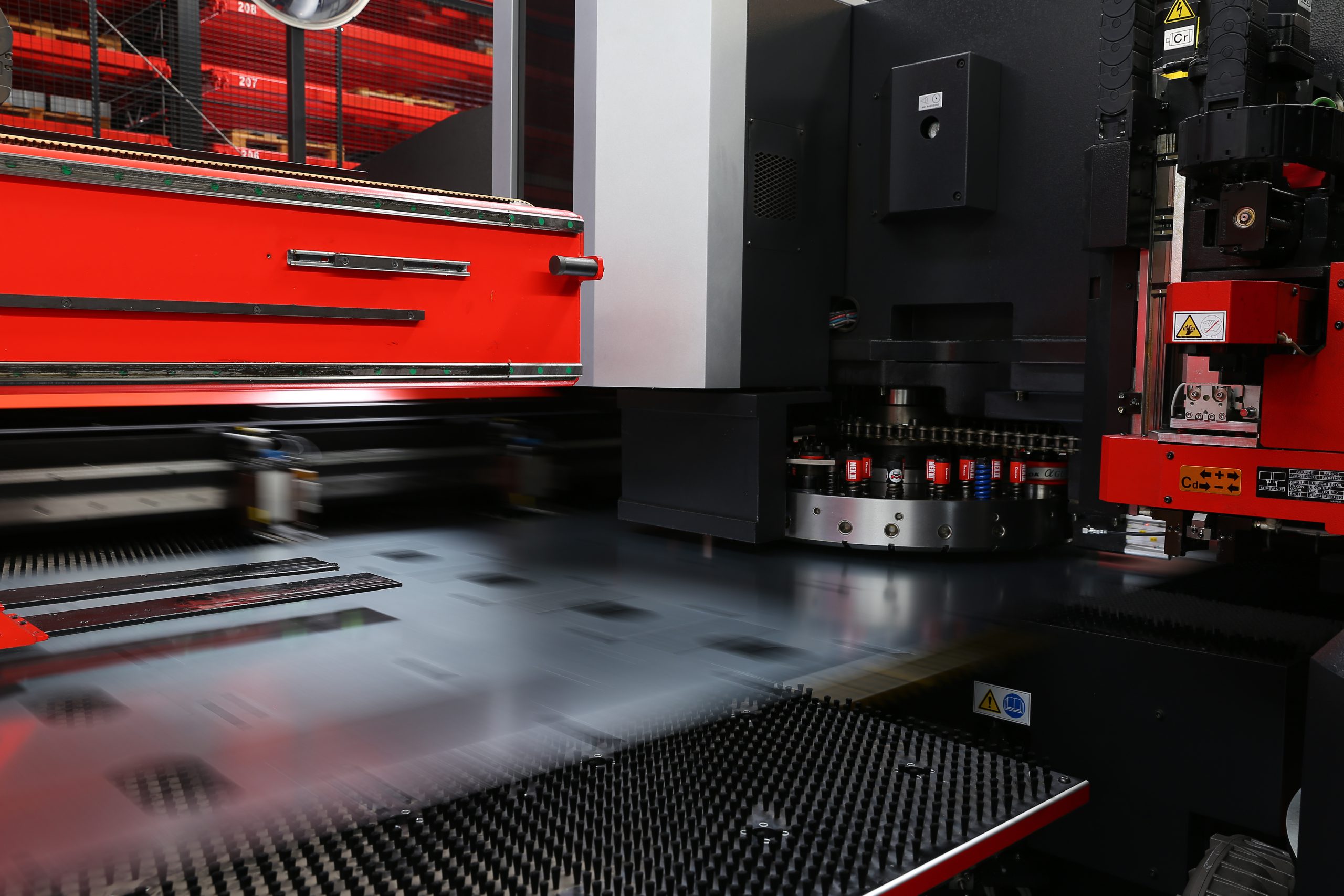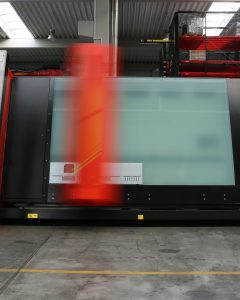
COOPERATION
AUTOMATIC BENDING
Fully automated sheet metal bending process as an alternative to traditional edge bending.

The first stage of automatic bending is to program the bending centre for the process. Once the appropriate material is given and the program is started, the bending is fully automatic until the desired shape is achieved. The finished product is fed through a feeder at the end of the production line.
We use automatic bending:
The Salvagnini p4xe – 3125 -automatic bending centre is designed for automatic sheet metal bending. Due to the automatic change-over, the machine has a high capacity. Salvagnini p4xe – 3125 also allows the production of customized solutions.
Automatic bending centre Salvagnini p4xe – 3125
| THICKNESS | 3 mm / black steel* 2 mm / chromonickel* 4 mm / aluminium* |
| LENGTH | 330 – 3100 mm* |
| WIDTH | 155 – 1524 mm* |
| MAX. DIAGONAL | 3500 mm |
*Dependent on the detail





